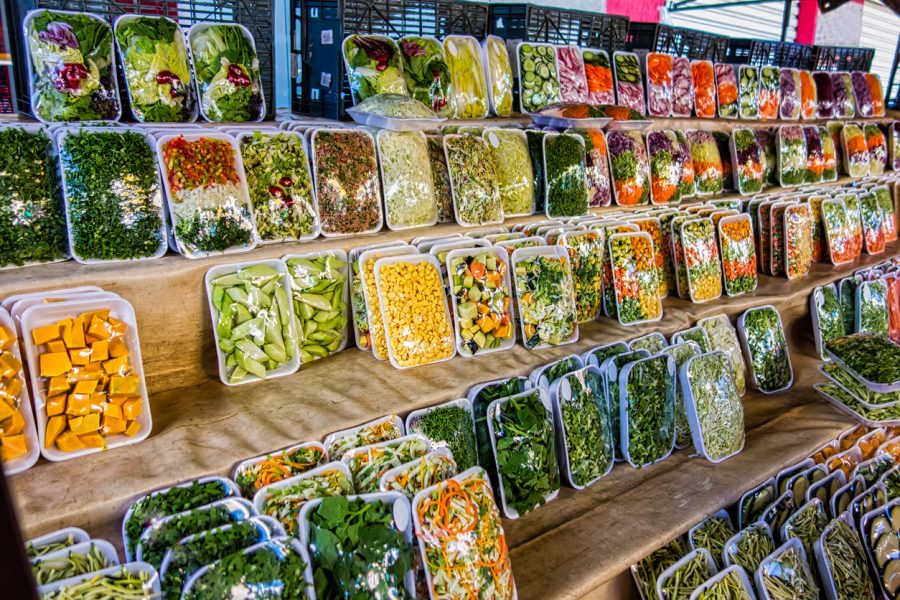
Indian scientist develops inexpensive pH sensor that can tell if your food is spoiled

No one likes stale food. But, imagine how convenient it would be if you could actually tell if your food is spoiled without tasting or smelling it. An Indian researcher in the US seems to have come up with a solution.
Nagaland’s Khengdauliu Chawang, who is pursuing her PhD student at Southern Methodist University in Texas, US, has developed a small and low-cost acidity sensor that can tell in real time when food has spoiled.
Also read: Edible plant-based ink for safe screen printing applications
Small wonder
The flexible pH sensor is just two millimetres in length and 10 millimetres wide, making it possible to incorporate the device into current food packaging methods, such as plastic wrapping.
Industries typically use much bulkier metres – roughly one inch long by five inches tall – to measure pH levels or how acidic or basic the food is, so they are not suitable to be included in every package of food to monitor its freshness in real time.
“The pH sensors we developed work like a small wireless radio-frequency identification device – similar to what you find inside your luggage tag after it has been checked at airports,” said Chawang in a statement by the university.
“Every time a food package with our device passes a checkpoint, such as shipping logistics centres, harbours, gates or supermarkets entrances, they could get scanned and the data could be sent back to a server tracking their pH levels,” Chawang added.
Such configuration, Chwang said, would allow continuous pH monitoring and accurately detect freshness limits along the entire journey – from farms to consumers’ houses.
Taking cue from Nagaland
According to the Food and Agriculture Organization of the United Nations, roughly 1.3 billion metric tonnes of food produced around the world goes waste every year. Creating the device was personal for Chawang, who is from Nagaland where the population relies heavily on agricultural crops.
“Food waste in Nagaland means undernourished children and extra fieldwork for the elderly to compensate for the loss,” Chawang said.
“The need to prevent food waste motivated me to think of a device that is not expensive or labour-intensive to develop, is disposable and can detect freshness levels,” she said.
Not only does food waste contribute to food insecurity and lost profits to food manufacturers, but is also bad for the environment, the researcher noted. Food freshness level is directly correlated to pH levels, Chawang explained.
For example, food with a pH level higher than the normal range indicates spoiled food, as fungi and bacteria thrive in high-pH environments.
Sudden pH changes in food storage during production and shipping can indicate possible food spoilage.
The pH level is measured by the concentration of hydrogen ions found in a substance or solution. The latest pH sensor has successfully been tested on food items like fish, fruits, milk and honey, Chawang said.
The sensor is made with a very small amount of biocompatible materials and uses printing technologies on flexible films.
Also read: Priming, an effective defence mechanism in plants against pests: Study
“The entire process is similar to printing newspapers. The processing does not require expensive equipment or semiconductor cleanroom environment. Thus, the costs are low and make the sensor disposable,” said J. C. Chiao, a professor at SMU, who helped in the development of the device.
The Institute of Electrical and Electronics Engineers (IEEE) Big Ideas competition at the 2022 IEEE Sensors Conference honoured Chawang with the Best Women-owned Business Pitch for her invention, the university added.
(With inputs from agencies)

